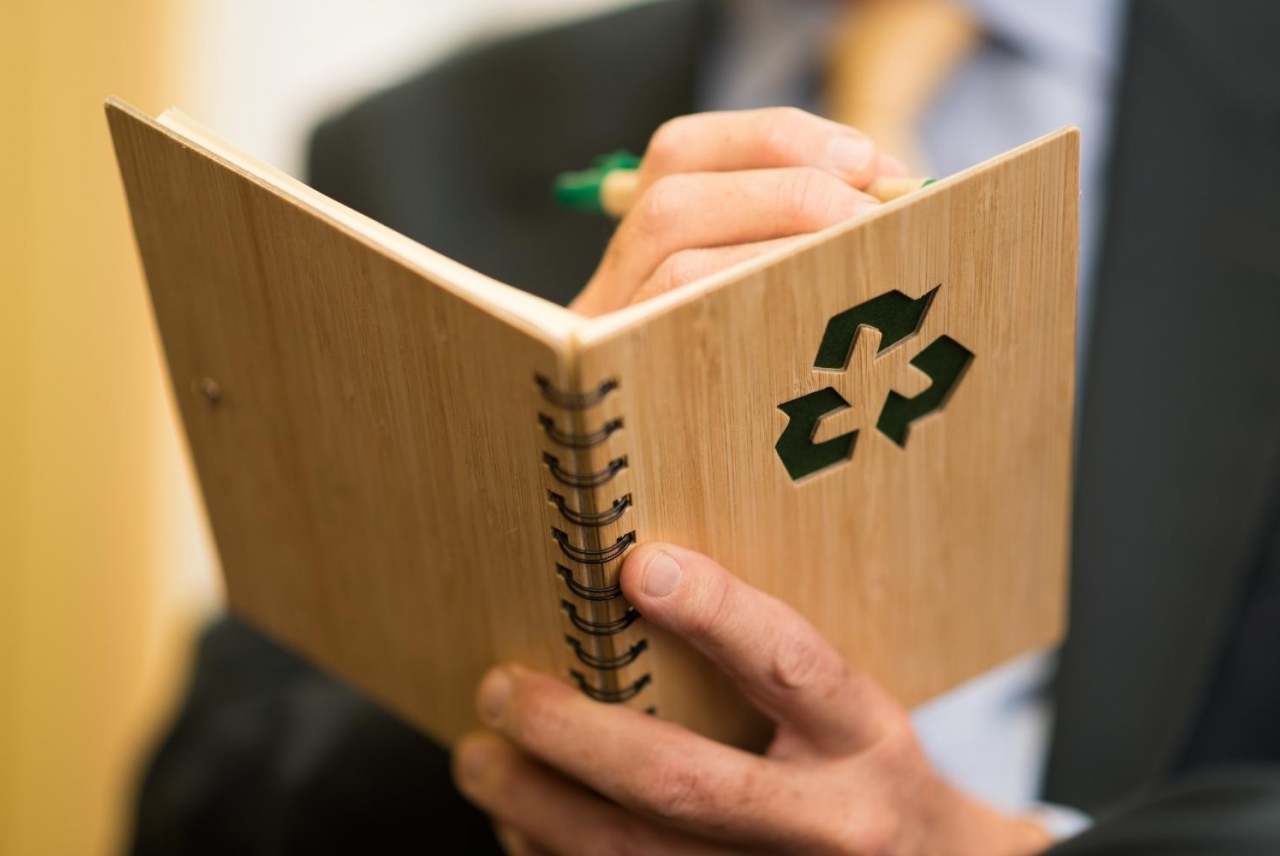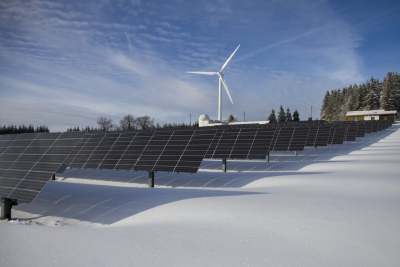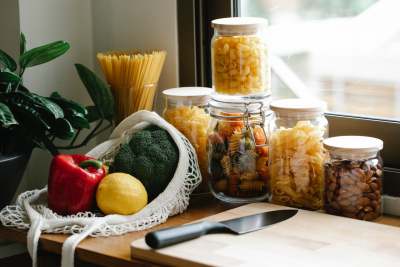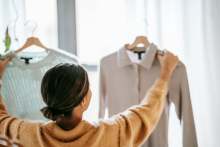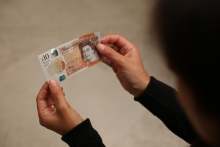The truth of the matter is that the word sustainability has been watered down and could mean anything from reducing greenhouse emissions to not rinsing your plates prior to putting them in the dishwasher. So, where does someone start their sustainable journey?
What is sustainability?
Sustainability, noun: ‘Meeting our own needs without compromising the ability of future generations to meet their own needs’.
We know that our ‘needs’ have skyrocketed exponentially and what we deem essential would get a weary smile out of anyone living outside of the West (“Really, you need your groceries delivered in under 10 minutes?”).
Therefore, it’s important to differentiate, to understand one’s own needs - and to have fun with it!
We don’t all need to be minimalists living in Tiny Houses, growing our own food, and bicycling everywhere (although…goals, right?). By implementing small changes, at our own pace and without FOMO (fear of missing out), we facilitate a long-lasting habit or lifestyle change.
The following areas are meant to inspire and provide you with ideas on where you could start with your sustainable journey. They’re not meant to be a blueprint or a catch-all. If you’re just starting out, it’s also important not to try and do everything all at once, it can be overwhelming. Pick what’s important to you, get it right and then move on to the next thing.
